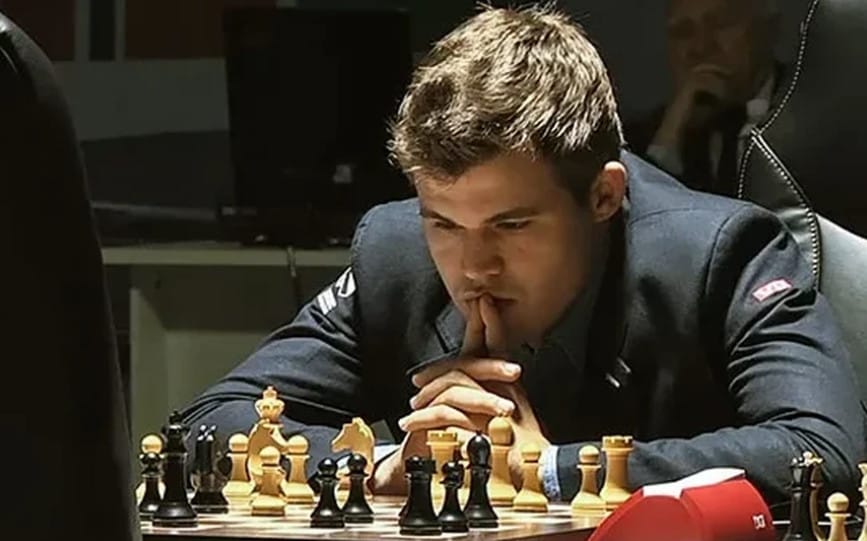Grandmasters might seem like they possess superhuman abilities, but their success comes from mastering a specific way of thinking. The good news? You can train yourself to think like a grandmaster too. No extraordinary genius is required—just the right mindset and consistent practice.
Step 1: Observe the Position
Before making a move, grandmasters carefully analyze the board. They don’t rush; instead, they take their time to fully understand the position. They ask themselves critical questions:
What are my opponent’s threats?
Which pieces are under attack?
Are there any weaknesses in the opponent’s setup?
This observation ensures they don’t overlook potential dangers. At the same time, they’re scanning for opportunities—a weak pawn to target, an open file for a rook, or a chance to activate a piece. Thorough observation lays the foundation for informed decision-making.
Step 2: Generate Candidate Moves
After assessing the position, the next step is to identify possible moves, often referred to as “candidate moves.” Rather than settling on the first move that comes to mind, grandmasters explore multiple options—ways to attack, defend, or create subtle threats.
For instance, if an opponent’s king is vulnerable, attacking with a rook or queen might come into consideration. If their own position is under pressure, they might focus on defense, like repositioning a knight or castling for safety. The goal is to remain flexible and consider a range of ideas before narrowing down the best options.
Step 3: Calculate Variations
With candidate moves in mind, grandmasters begin calculating. This involves mentally visualizing how the game could unfold after each move. They consider the possible responses from their opponent and think several moves ahead.
While this might seem daunting, it’s really about anticipating the consequences of actions and weighing different possibilities. With practice, pattern recognition improves, making these calculations faster and more precise.
Step 4: Evaluate the Position
Once calculations are complete, grandmasters take a step back to reevaluate. They ask themselves questions such as:
Does this move improve my position?
Are my pieces active and coordinated after the move?
Is my king safe?
The move that leads to a stable, advantageous position—where their pieces work together effectively—is often the best choice. If no move satisfies these criteria, they revisit their candidate moves and rethink their approach.
Step 5: Commit and Move
After all this analysis, grandmasters make their move with confidence. They understand that perfection isn’t always possible, but trusting their preparation is key.
For beginners, self-doubt can creep in, especially when immediate results aren’t visible. However, chess is often about patience and accumulating small advantages over time. Trusting the process is as important as the move itself.
Step 6: Learn from Mistakes
Even the best players make mistakes. The difference is how they respond. Instead of getting discouraged, grandmasters treat mistakes as opportunities for growth. After each game, they review their decisions, identify errors, and think about how they could have improved.
This habit is crucial for any player aspiring to improve. Regular self-analysis sharpens your skills and ensures steady progress.
Building the Grandmaster Mindset
Thinking like a grandmaster isn’t about memorizing openings or relying on flashy tactics. It’s about cultivating a disciplined thought process: observe, consider multiple options, calculate thoroughly, evaluate carefully, and learn continuously.
With consistent effort, you too can develop this way of thinking. While it won’t make you a grandmaster overnight, it will significantly elevate your game. So the next time you sit down at the board, embrace this methodical approach and watch your chess improve!

